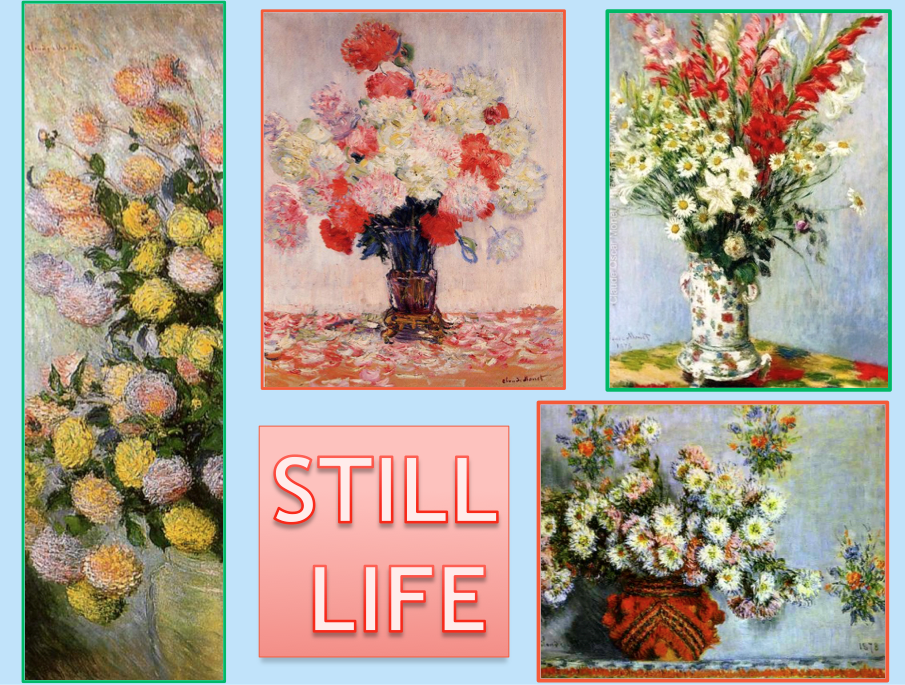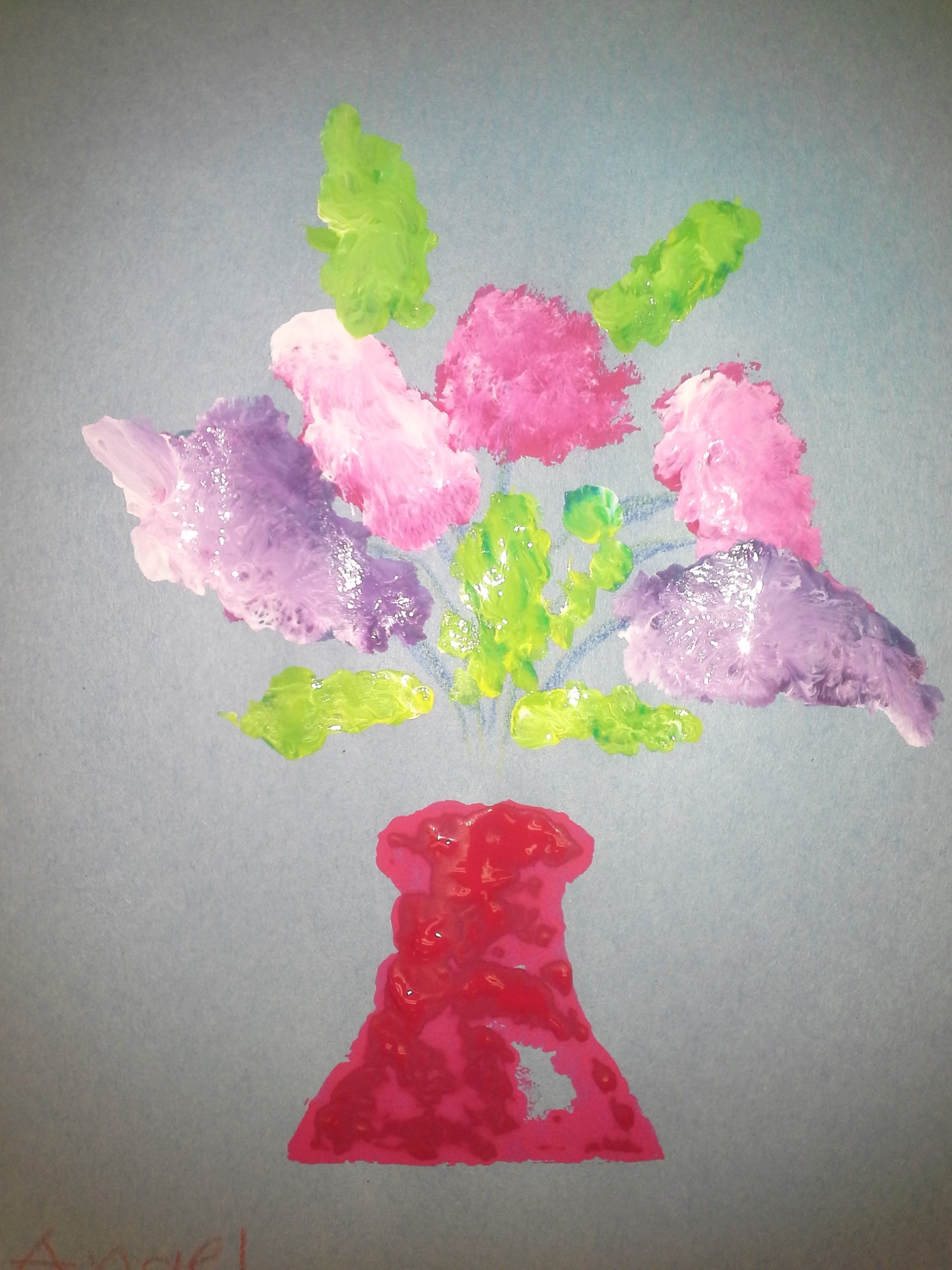
Impressionism. It’s an artistic style that captures a feeling or experience rather than the accurate depiction of a scene.
It’s hard to imagine, but the first Impressionistic paintings were considered amateurish, even ridiculous. In fact, the term “Impressionist” was coined by a newspaper reporter to mock the new style of painting. He said that Claude Monet’s painting Impression: Sunrise looked like a piece of wallpaper that had been left out in the rain!
This is interesting stuff. It captures the attention of Meet the Masters elementary students quickly.
Now that the kids have been hooked by the background story, Meet the Masters introduces Claude Monet, the Father of Impressionism, in three steps:
Step 1: Introducing the Master
Meet the Masters brings the development of Impressionism to life for elementary school students. Students hear how innovative artists like Monet broke with tradition to see the world with a fresh eye where light and color reigned. So why did people make fun of Impressionism when it was new?
What made this new type of art so different and why was it so difficult for the public in 1874 to accept? During the PowerPoint presentation, MTM students see famous works of art depicting the common style before Impressionism. Picture Leonardo da Vinci’s Mona Lisa. A masterpiece, yes. But the colors are dark and drab and the subject is oh-so serious. Then along comes Monet with his bright “colors of the rainbow” palette and his “shocking” depictions of leisure time and outdoor life. When Monet looked at nature, he did not see carefully blended colors, he saw millions of flecks of color, and that’s what he painted. Drastic change.
Step 2: Learning From the Master
Now that the children have made a connection with the artist, it’s time to practice what made the art revolutionary. Monet startled the world with his radical use of color. Throw out the black and brown – those colors are not found in a rainbow! Like Monet, students study the color wheel to see the relationships between colors. What colors on the color wheel are analogous to each other? (Yes, the word “analogous” is a vocabulary word for Advanced Level students.) Colors can evoke feelings and sensations. What colors feel joyous? Chilled? Shady? Quiet?
Step 3: Working With the Master

With Impressionistic music playing in the background and Claude Monet’s Sea Coast Trouville painting to inspire them, the children begin preparing for their art project by applying primary colors to their color wheel. Students only have three crayons: yellow, blue and red – how will they make a brown tree trunk? How would Monet do it? They learn how to make “living brown” by mixing their primary colors. Start with a layer of yellow, then apply a layer of blue. Finish with a layer of red until you have the perfect brown color. Voila! That was exactly how Claude Monet layered the colors on the canvas of his masterpieces.
After practicing on their color wheel, students are eager to create their own masterpiece. Monet’s landscapes show realistic trees crooked and leaning in the wind, so that’s exactly where the students begin. Now it’s time to paint the leaves. Like Monet, students layer the paint on the canvas, beginning with the lightest color, dabbing with a cotton ball. Before the yellow dries, students select a second color to place directly on top of the yellow. Will it be a spring scene, using blue to mix with the yellow to make green leaves? Or is it autumn, dabbing with red to create the bright colors of fall? It’s their choice as an artist to select the season.
As they admire everyone’s magnificent colors and light-filled trees, students are amazed what they can create with only three colors. Just like Monet.
And now everyone understands why, after an initial slow start, Impressionism has remained popular for over 100 years.
Learn more about our Claude Monet art curriculum.
